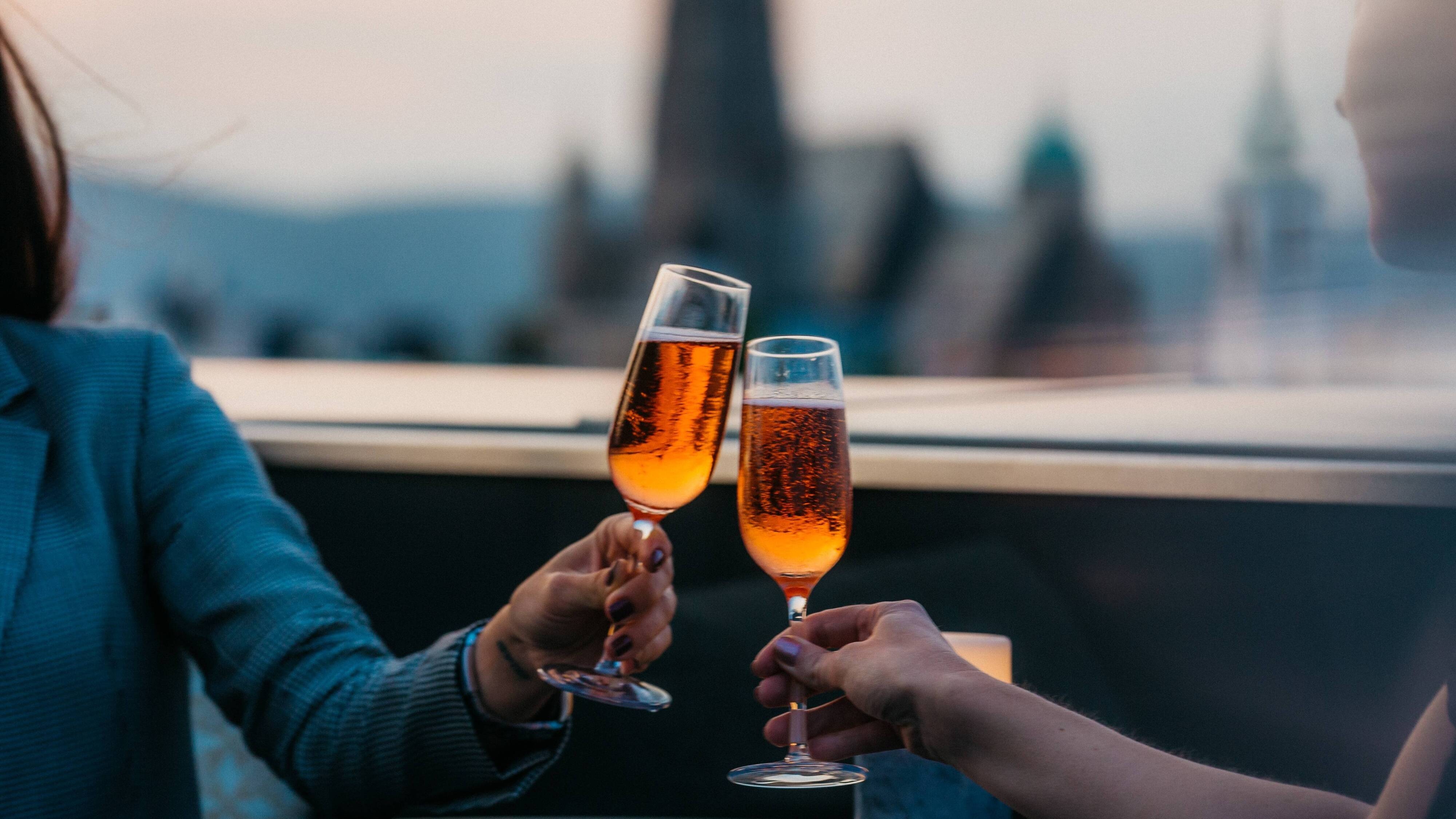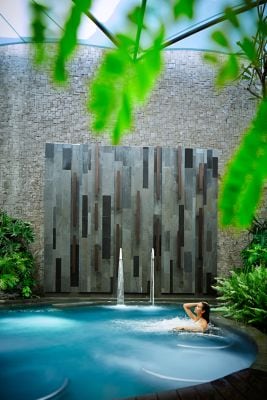-
Hotels & Resorts
-
Hotels & Resorts
-
New HotelsA New EraNew Hotels
Discover your next great escapes at the newest hotels and resorts from The Ritz-Carlton.
-
Meetings & CelebrationsEvents, Elevated.Meetings & Celebrations
At The Ritz-Carlton, we help you craft moments that will last a lifetime.
-
-
Ritz-Carlton Reserve
-
Residences
-
Yachts
-
About The Ritz-Carlton
-
About The Ritz-CarltonThe Gold StandardAbout The Ritz-Carlton
With a credo and corporate philosophy of unwavering commitment to service, The Ritz-Carlton sets the standard for luxury experiences the world over.
-
The Ritz-Carlton ExperienceInspiring Life’s JourneysThe Ritz-Carlton Experience
Explore how The Ritz-Carlton aspires to give you an experience that will stay with you forever.
-
About The Ritz-CarltonThe Gold StandardAbout The Ritz-Carlton
With a credo and corporate philosophy of unwavering commitment to service, The Ritz-Carlton sets the standard for luxury experiences the world over.
-
The Ritz-Carlton ExperienceInspiring Life’s JourneysThe Ritz-Carlton Experience
Explore how The Ritz-Carlton aspires to give you an experience that will stay with you forever.
-
-
The Journey
-
The JourneyThe JourneyThe Journey
Where will you go next? From far-flung locales to urban favorites, find inspiration for your next great escape.
-
Inspiration
-
Destination Guides
 Let Us Guide YouDestination Guides
Let Us Guide YouDestination GuidesWherever it is you want to explore next, our guides will take you there.
-
Travel Interests
-
The JourneyThe JourneyThe Journey
Where will you go next? From far-flung locales to urban favorites, find inspiration for your next great escape.
-
Inspiration
-
Destination Guides
 Let Us Guide YouDestination Guides
Let Us Guide YouDestination GuidesWherever it is you want to explore next, our guides will take you there.
-
Travel Interests
-

Complex and fragrant, tea has long been enjoyed for its elegant flavors, soothing qualities and healing benefits. Ritz-Carlton hotels around the world share their unique traditions for creating the perfect tea experience.
The story and enjoyment of tea is steeped in both history and ceremony. And while traditional Afternoon Tea is served at Ritz-Carlton locations across the globe, hotels in areas heavily influenced by tea culture and cultivation are in an enviable position to offer unique and more sophisticated opportunities that heighten a guest’s experience.
At many hotels dedicated tea sommeliers will recommend selections to pair with dinner dishes and delicacies. At Tin Lung Heen at The Ritz-Carlton, Hong Kong, for example, guests can choose from 20 premium teas that can be paired alongside the restaurant’s Michelin two-starred dishes. Chef Paul Lau also advocates the beverage’s potential health benefits, from aiding digestion to preventing heart disease. “Chinese tea will leave the body and mind refreshed and energized,” says Chef Lau. (Tea was first used medicinally, and became the de facto national beverage during, the Tang dynasty, an era known as the “golden age of tea.”)


Japanese tea ceremonies offer the height of understated beauty, grace and precision.
Masters train for years to perfect the art of the ritual.
When the tea masters at Lai Heen at The Ritz-Carlton, Macau recommend pairings, their goal is to help guests discover how tea creates additional depths and tones during the culinary journey. To help achieve a perfect trinity of flavor — aromatic tea leaves, fresh ingredients and classic Cantonese cooking techniques — many menu offerings have been curated to complement the gourmet teas offered, from a dark-roast oolong to a subtle white peony tea that uses the fresh, raw buds of the plant. These top shoots are the most delicate and mild, which lends a more refreshing taste to the steeped beverage.
A traditional Afternoon Tea, meanwhile, is a lighter affair, with emphasis on delicacies and desserts. The Ritz-Carlton, Bali includes traditional sweets such as lapis legit — a multilayer butter treat redolent with warm spices such as cardamom, cinnamon and clove — that’s best paired with the sweet, malty flavor of local Goalpara black tea. The floral, green notes of Teh Cap Botol tea, meanwhile, best complement bites of wajik, a diamond-shaped cake made with sticky rice, coconut milk and palm sugar.
The Ritz Gourmet Lounge at The Ritz-Carlton, Bahrain was designed to mimic a Parisian salon de thé. Each afternoon, imported leaf teas from China, Sri Lanka and even South America are displayed on a tisane trolley, freshly cut in front of guests and served in silver pots.
The apex of tea rituals would be the chanoyu, or Japanese tea ceremony, which requires administrators to train for years before they can make and serve tea in the most perfect, polite and gracious manner. Guests of The Ritz-Carlton, Kyoto are able to enjoy the benefits of tea in a more relaxed manner, starting with the cup of local Japanese tea served during check-in, and continuing through seasonal tea-brewing classes. Antioxidant green tea leaves, or gyokuro, were the inspiration for the Ryokucha Serenity Ritual at The Ritz-Carlton Spa, where matcha green tea can be found in teapots and poultices alike. And throughout the property, a custom fragrance inspired by the region’s heritage of growing green tea evokes a sense of belonging while expanding guests’ sensory experiences beyond the mere palate alone.
RITZ® is a Registered Service Mark of The Ritz Hotel, Limited, and is used by The Ritz-Carlton Hotel Company under License.
© 2025 The Ritz-Carlton Hotel Company, L.L.C. All rights reserved.










